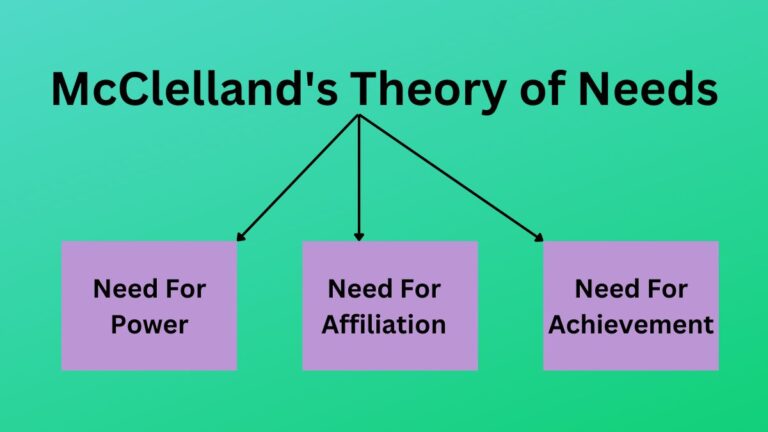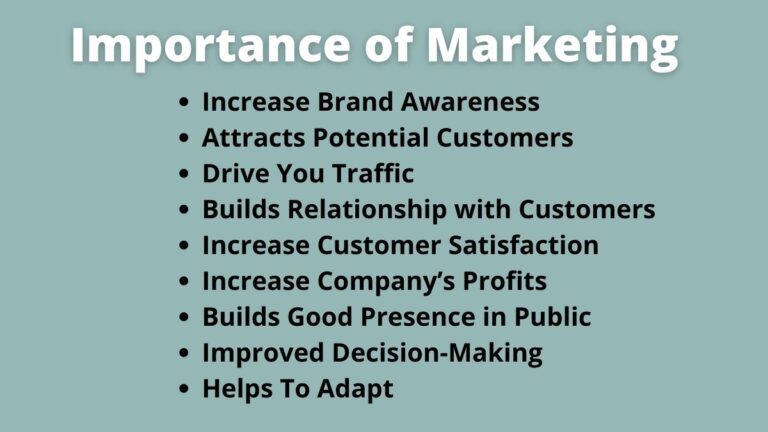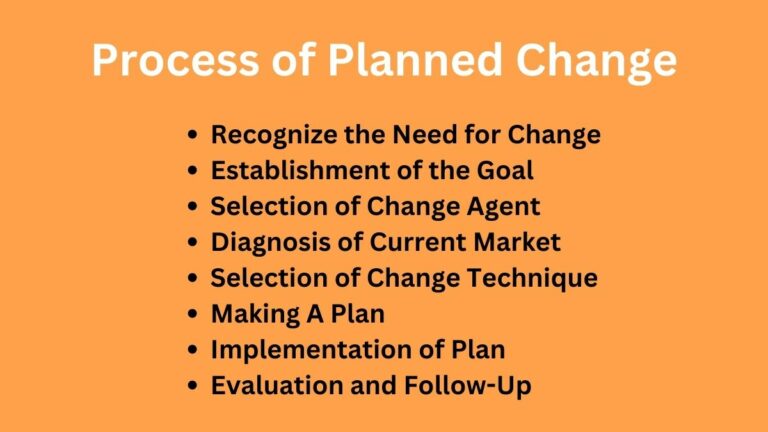What is Participative Management? Definition, Features, Levels, Objective, Strategies, & Pros/Cons
It is said that employees are the ones who have actual knowledge of the market, customers, and the outside world of an organization. If so, they can certainly add up valuable information to management decisions. Participative management is one that ensures this – let’s discuss what it is and its different aspects.
What is Participative Management?
Participative management means welcoming employees to important meetings and the decision-making process. It is a management style that assumes employees’ active part in the decision process and strives to build healthy relationships between managers and employees.
This management style ensures the involvement of all organizational members in the decision process who are likely to be affected if the decision is made. Participative management is also commonly referred to as employee involvement, participative decision-making, or industrial democracy.
It believes that employees make contact with customers and they definitely have information on customer satisfaction factors. It tries to mix up such information from employees with top managers’ concerns to develop effective plans, strategies, and policies that get near to goal achievement.
Participative decision-making ensures cooperation and teamwork in the workplace. It includes joint decision-making, establishing mutual trust, promoting teamwork, increasing job satisfaction, increasing productivity, and emphasizing – for all, cooperation in the work setting is necessary.
Characteristics of Participative Management
Participative managers are required to create a participative working environment where employees are free to share their views and ideas. Let’s discuss what features participatory management holds.
Employee Involvement
Participative management ensures employee involvement in different affairs of the organization. It considers the importance of employees’ participation in important meetings, programs, discussion sessions, and decision processes.
Participative Decision-Making
In fact, the main aim of this management approach is to invite different working and non-working employees of the organization to discuss matters and support the decision process. It ensures employees should be invited to the decision process which is why it is also called participative decision making.
Related: Decision-Making Process
A Management Style
Like the autocratic style of management, it is also a style or approach of management. Participative management believes in cooperation and mutual understanding and strives to create a democratic or inclusive working environment.
Ethical Approach
Participatory management has ethical considerations about employees. It values employees’ differences, views, and ideas equally. It emphasizes employees to treated equally when they are invited into the decision-making process.
Two-Way Communication
Participatory management is based on two-way communication. It equally values employees’ ideas and suggestions as it values top managers. It opens up two-way communication where employees can easily speak what they want to.
Psychological Satisfaction
Employees do not want only physical or materialistic satisfaction. This management approach values employees’ dignity, concerned about their importance in the workplace, determines companies’ policies with their suggestions, etc. are steps through it ensures employees’ psychological satisfaction too.
Objectives of Participative Management
Participatory management is an effective tool to bring organizational efficiency and productivity while ensuring cooperation and coordination between management and employees.
Related: Democratic Leadership Style
Today modern organizations are actively pursuing the participatory management style as it does not just increase productivity but is open communication, ensures employees’ growth, maintains transparency, and increases job satisfaction. The main objectives of participative management may be pointed out below as:
- To establish a cooperative working environment.
- To build strong and productive relationships between managers and employees.
- To increase organizational efficiency and productivity.
- To encourage mutual trust and a team working environment.
- To open up a two-way communication system and provide an opportunity for workers to express their ideas, views, and suggestions.
- To make the best utilization of human resources.
- To retain quality talents.
- To increase employee satisfaction and reduce absenteeism and turnover.
- To give necessary training to employees in understanding and sharing the responsibilities of managers.
- Create a dynamic workforce.
Levels of Participative Management
Levels of participatory management determine to which extent workers are involved in the decision-making process. The levels of participative management include mainly five. They are:
- Informative Participation – It is the simplest form of employee participation – here employees are provided information and asked to provide their views and suggestions.
- Consultative Participation – In this type of participation, managers consult with employees regarding different issues in the workplace, and the decision is made by the executive considering the views of employees.
- Associative Participation – It is also called joint decision-making. In this participation, managers are morally obliged to make organizational decisions with employees.
- Administrative Participation – Here, employees are given adequate authority and freedom to assume administrative powers in the organization.
- Decisive Participation – This is the highest level of employee participation. The sharing of authority is at the highest level. Sometimes, employees have a certain stake in the company’s ownership, and they actively participate in the decisional process.
Related: Levels of Managerial Hierarchy
Advantages and Disadvantages of Participative Management
The importance of participative management is growing since modern organizations are becoming more employee-focused. The ignorance of employees’ concerns has impacted the overall organizational performance. Here are some of the pros and cons of participatory management.
Advantages of Participative Management:
- Encourage Collaboration – Participatory management provides employees the flexibility to work together and reach goals collectively. The collaborative environment increases employee morale and improves communication between team members.
- Creativity and Productivity – Since different employees have different solutions and they are different in qualities, education, and knowledge they may offer various creative ideas which further may help to improve performance and increase productivity.
- Employee Satisfaction – Participatory management actively empowers the employees. Employees are valued, treated fairly, and get commitment from the organization that certainly feel motivated, change their attitude, and increase their satisfaction level.
- Employee Retention – Along with employee motivation and employee satisfaction participatory management also reduces employee turnover and absenteeism and ensures employee retention.
- Quality Product – Employees provide different suggestions regarding customer satisfaction and how the company’s products treat them. It helps management to think and ensure the quality of the product.
- Reduced Conflicts – Since cooperation, teamwork, and mutual trust are built participatory management also lowers the conflicts among workers.
- Less Supervision – Participatory management aims at building a working environment where less supervision is needed to manage diverse work teams.
Disadvantages of Participative Management:
- Potential of Conflicts – Since there are many employees there is always a chance of arising potential conflicts among them. As their multiple voices arise while giving opinions conflicts may arise.
- Requires More Time – Participatory management also requires longer time in the decision-making process. Since different opinions have arisen analyzing their likely effects certainly takes more time to finalize.
- Misuse of Authority – As discussed above participatory management also involves sharing the authority. In case enough authority is given to employees and the manager does not closely look at their actions – might they misuse the given authority.
Tips To Create Participative Management
So far we discussed participative management, its objectives, types, importance, and pros/cons. If you want to create a participative working environment following strategies may be helpful.
Create Inclusive Workplace
To encourage a participative working environment you can start with creating an inclusive workplace. Employees should be valued and treated equally despite their individual diversity. Such effort creates healthy working conditions and every member can feel free to post their suggestions.
Two-Way Communication
Two-way communication is necessary to let employees’ ideas and suggestions reach management heads. For participatory management, it is necessary that employees have access to face-to-face communication with management teams.
Provide Training
Most employees do not know the importance of participative management. It is your duty to give proper training to the employees about participative work culture and how they can contribute to creating it.
Establish Clear Objectives
Objectives are expected outcomes of your organization. There should be clear objectives and when employees are invited to give suggestions they should be aware of the proposed objectives of the organization. There should not be a clash between the objectives of employees and management.
Related: What is Delegation?
Delegate Authority
Participatory management is not only making decisions with employees it also includes providing necessary authority to employees to exercise some authority while executing some tasks. The delegated authority should match their duties and abilities and you should closely supervise how they are exercising the authority.
Welcome Employees
In the end, the employees should be invited to give their ideas, views, and suggestions. You should ensure their suggestions at all levels of management. Their suggestions should be valued and treated equally. And, ensure putting their recommendation into practice which is a great way for employees to feel motivated.
In Conclusion…
Hence… participative management is necessary at every level of management. You should create a participative work culture – it is a great way to extract ideas from a diverse workforce, motivate them, increase employee satisfaction, reduce turnover, and increase organizational efficiency, and productivity.
Read Next: What is Autocratic Management?
Sajan Kushmi is a content writer with more than 4 years of experience. He holds BIM Degree. He write on the topics related to Management, Marketing, and Entrepreneurship.






